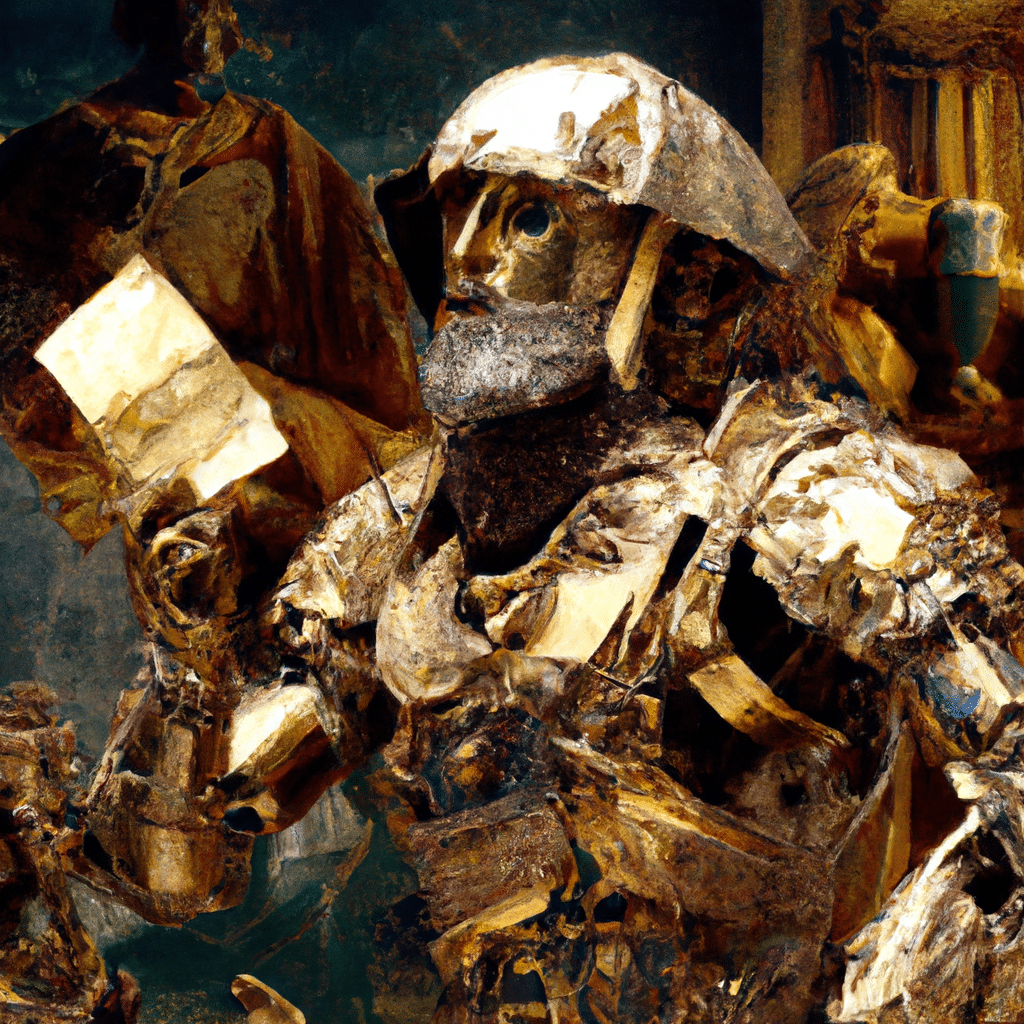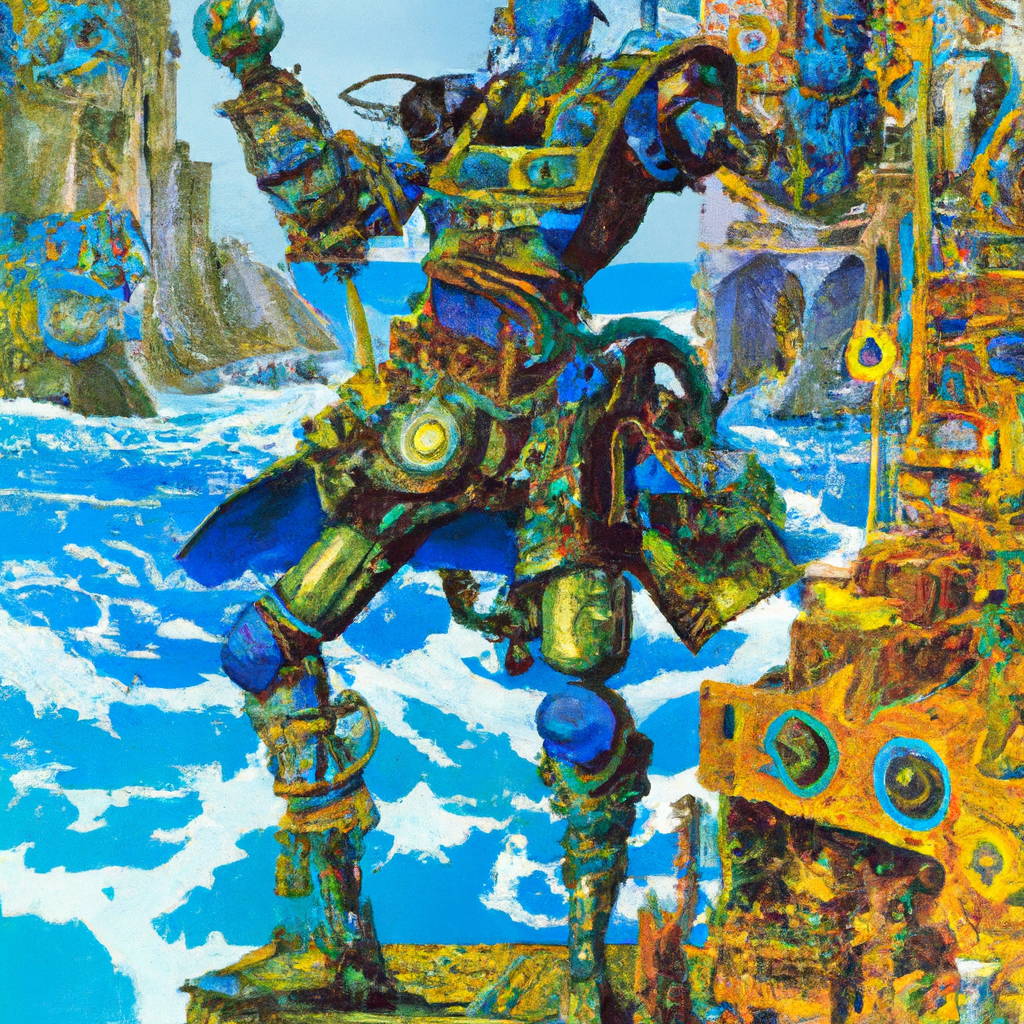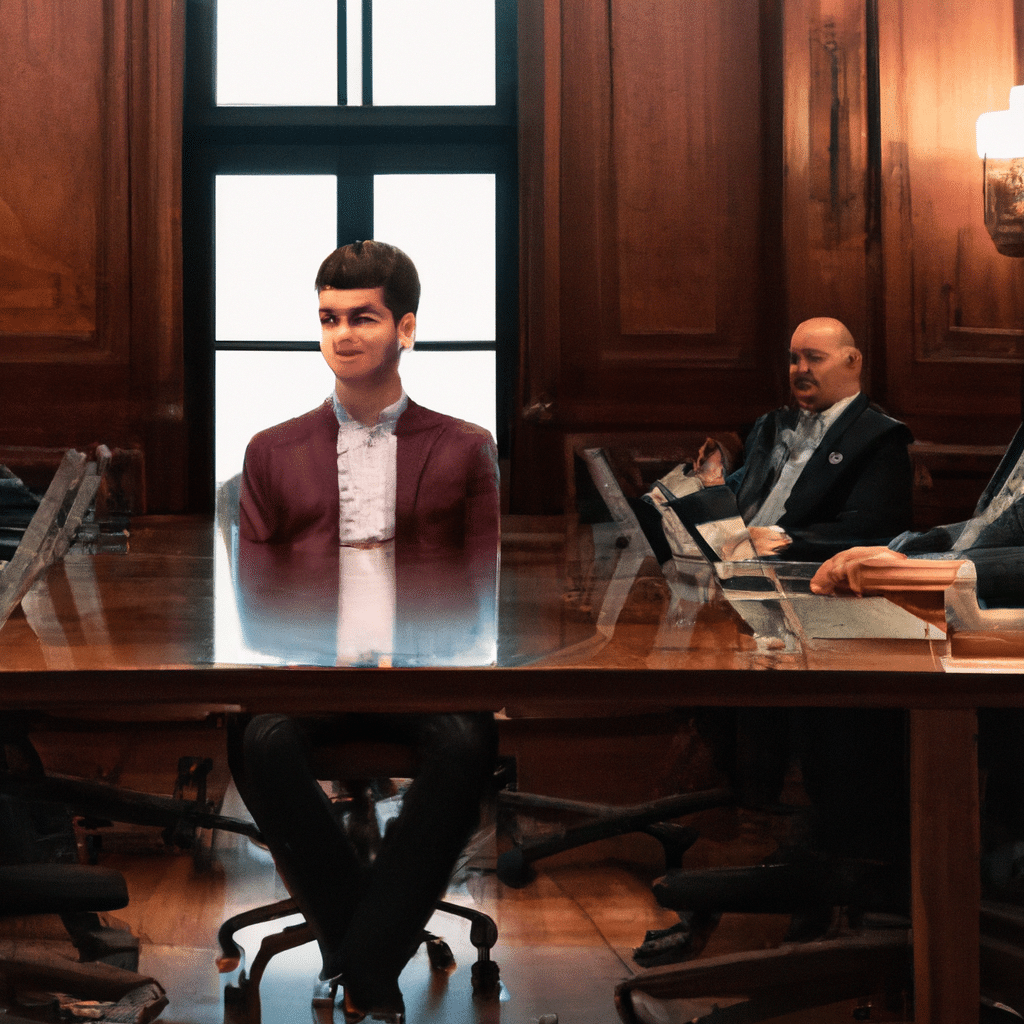Antiquity Meets AI: Unraveling the Ancient Mysteries Hidden in Pompeii’s Barbequed Papyrus
Intro
“In the great immortal words of T. Swift – I knew you were trouble when you walked in, Mount Vesuvius.”
Take an explosive mountain, some unlucky researchers, and an arguably excessive amount of papyrus scrolls, and what have you got? A major throwback to the world’s worst barbecue in AD79, where highly valuable documents went from being part of a plush library in Herculaneum to becoming historical soot and charred remains. But, where there are ashes, there’s AI phoenix rising triumphantly from the hot mess, as we turn pages both literally and metaphorically.
Key Points
- Tut-tut, Vesuvius couldn’t keep its volcanic temper in check, deciding instead to rain down a storm of heat, ash, and pumice on its unsuspecting neighbors. Nearby Pompeii drew the unfortunate short straw, witnessing their town – and a rather impressive library filled with papyrus scrolls – go up in flames.
- Fast forward about 2,000 (somewhat less explosive) years, and some brave scholarly souls have harnessed the power of artificial intelligence to pry open these ancient secrets. They’ve managed to read the charred text on the infamous scrolls, shedding light on the world before Mount Vesuvius’ historical temper tantrum.
- A new era of understanding is dawning on researchers as these dust-covered, fire-damaged scrolls – often seen as inky and unreadable – begin to reveal previously hidden text, all thanks to our tech-savvy AI chum.
Final Thoughts
So, in the timeless clash between clashing tectonic plates and the scholarly pursuits of humanity, it seems AI may prove to be the refereeing champion we didn’t know we needed. Vesuvius, eat your pyroclastic heart out. As we unravel the mysteries these scrolls hold, we look onto a future where even the most burnt toast of a historical text can still satisfy our appetite for knowledge and discovery, crispy corners and all.
As part of this experiment I would like to give credit where credit is due. If you enjoy these, please take a moment to read the original article:
https://www.theguardian.com/science/2024/feb/05/ai-helps-scholars-read-scroll-buried-when-vesuvius-erupted-in-ad79
Blog Title
AI: gpt-3.5-turbo-0613: chatcmpl-8otxRJjP4Ep3WCUwWNgk8SYxrbWB7
Instruction: “You are an AI blog title generator. Create a catchy and concise title for the blog post that is catchy and optimized for search engines. Remove all html in the response and do not use quotes. Please do not use words that are unsafe to process in Dall-E image AI.”
Prompt: Content Summary of text from above.
Response: Unraveling Ancient Mysteries: AI Deciphers Pompeii’s Charred Papyrus Scrolls
Image Description
AIgpt-4-0613:chatcmpl-8otxXuhBapJD4W4n8nyOSQVBcUKar
Instruction: “You are a helpful assistant that creates unique images based on article titles. Create a brief visual description of what an image would look like for this title. Please pick a style of art from the following: Futurism, Impressionism, Romanticism, or Realism, be sure to consider the image should reflect an AI Robot Pirate theme during the Golden Age of Pirates.”
Prompt: In the style of Romanticism to highlight the emotional aspect of the scene, the image portrays a life-sized AI robotic pirate intricately designed with gold and silver pieces, usable during the Golden Age of Pirates. The AI Pirate is stationed in a reconstructed library in Pompeii, surrounded by smoky ruins. In its hands, it gently holds charred papyrus scrolls. Its facial features bear an expression of focused intelligence as its mechanical eyes scan and decipher the ancient script on the scrolls. Subtle lighting emphasizes the contrasts between the robot and the charred environment, symbolically linking the past and the future.
Response: Unraveling Ancient Mysteries: AI Deciphers Pompeii’s Charred Papyrus Scrolls



